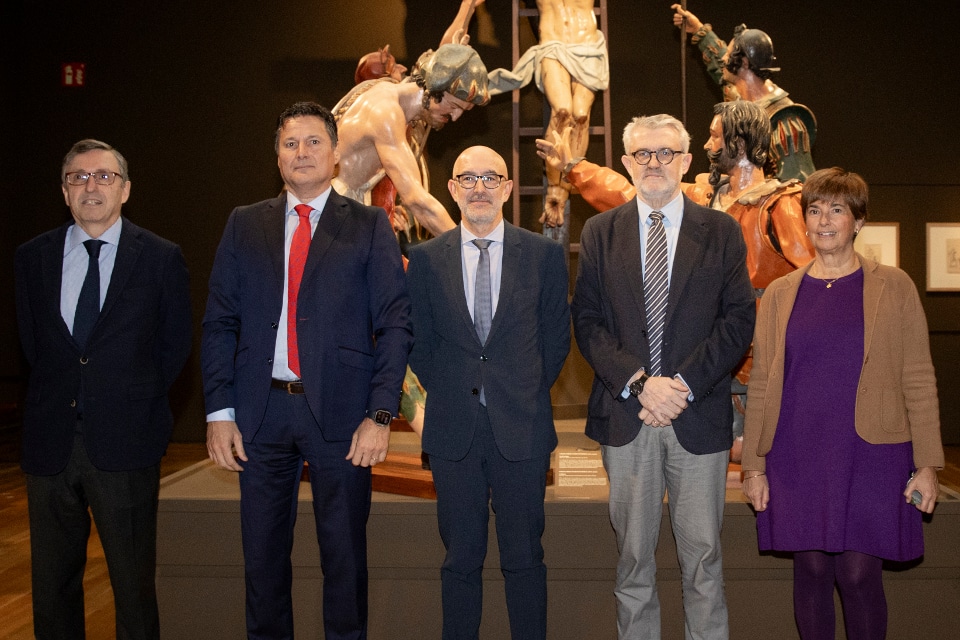Polychrome sculpture, which reached its peak expression in the Modern Age, is presented as a crucial aspect in the evolution of religious art. In a recent exhibition, it is highlighted how this form of art, which combines sculpture and painting, not only reshaped the artistic landscape, but also became a powerful vehicle of persuasion and devotion among the faithful.
The theorist Antonio Palomino described this phenomenon as a prodigious spectacle that allowed the divine to materialize through vivid and colorful images, strengthening the emotional bond with the viewer. Since Greco-Roman antiquity, sculpture has been perceived as a fundamental necessity, where the representation of the divine body was considered a means of protection and healing. In this sense, Benedictine Gregorio de Argaiz emphasized the importance of color, stating that sculpture is like a “corpse” that comes to life thanks to the brush, highlighting the essential role of color beyond a mere finish.
From its earliest moments, sacred sculpture assumed a supernatural aura, associating itself with extraordinary events and divine intervention. The craftsmen responsible for these works were considered not only as artists, but as intermediaries with a moral duty, attempting to capture the essence of the sacred in material form.
The current exhibition focuses specifically on the rich diversity and impact of polychrome sculpture from the 17th century. It was crucially integrated into the life of churches and convents, where it became a fundamental support for preaching. The collaboration between sculptors and painters was essential, as color became an intrinsic element of each work. This dramatic component amplified the religious meanings, transforming the figures into authentic scenic units, thanks to the theatricality of their gestures and the richness of their garments.
Furthermore, the exhibition highlights interesting connections between various art forms around polychrome sculpture. Elements such as prints that promoted popular devotions, Passion veils that simulated altarpieces, and paintings that reproduced with meticulous precision the sculptural images on altars establish a fascinating dialogue between different artistic expressions, reflecting the complexity and richness of this cultural heritage.
Referrer: MiMub in Spanish
